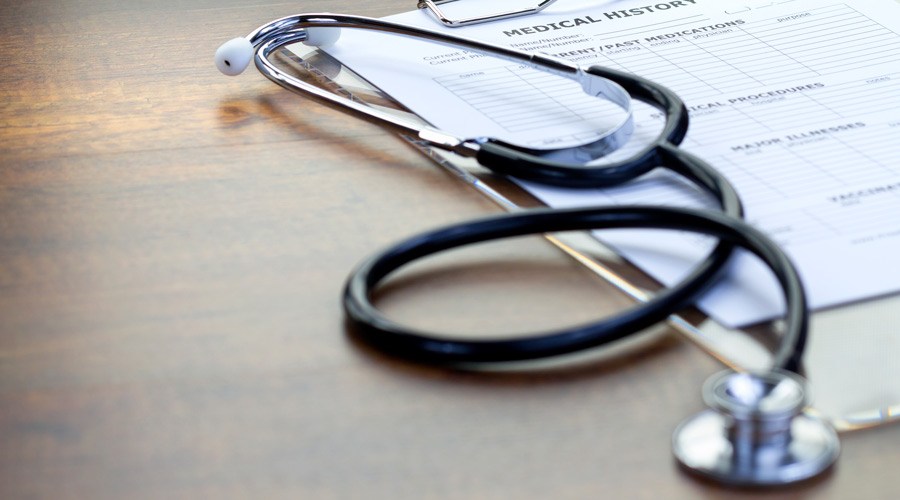
For many people, the physical examination report is a health alarm bell. All kinds of red arrows up and down mean that some changes should be made in life, such as weight loss and fitness.
However, there are so many physical examination indicators, what should I think?
These indicators are related to obesity.
1. Height and body mass index (BMI)
The most basic data in the physical examination report are height and weight, which can be used to calculate an indicator: BMI.
For ordinary Chinese, BMI means:
Between 18.5 and 23.9, normal; Less than 18.5, malnutrition may exist; More than 24, may be overweight or obese.
Although BMI is intuitive, it also has some problems:
- I don’t know where these weights are distributed. For example, fat in the waist is more dangerous to the body than fat in the arms or legs. It is impossible to specify the ratio of fat to muscle. For a person who works out every day and is muscular, a BMI of more than 24 cannot prove that he is in poor health.
At this time, you can check the composition of body fat. If there is no instrument, the blood lipid index can also be used as a reference to tell everyone whether you need to pay attention to fat intake.
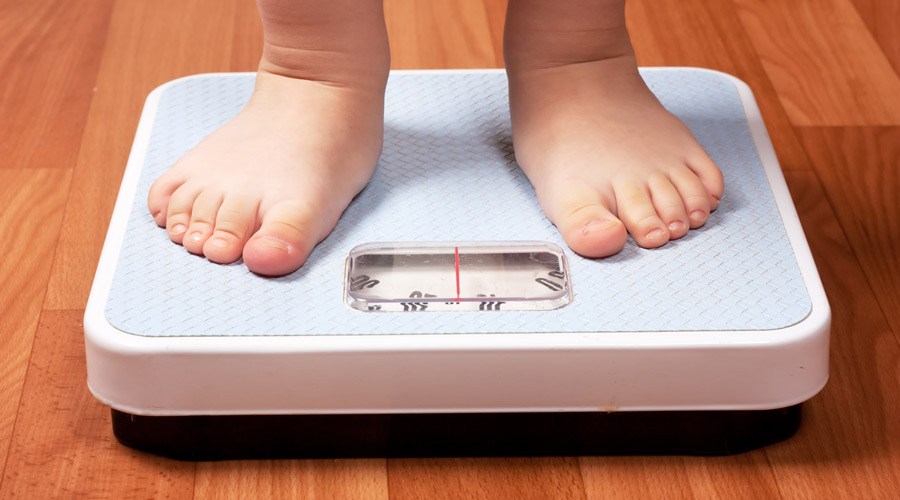
2. Blood lipid
Blood lipid examination usually has a series of indicators: triglyceride, cholesterol, low density protein cholesterol and high density protein cholesterol.
Triglyceride is a kind of lipid that we need to provide energy to the body. However, too high a triglyceride in the blood will increase the risk of cardiovascular diseases.
The range of serum triglyceride is:
- < 150 mg/dL, just 150 ~ 199 mg/dL, a little high ≥ 200 mg/dL, too high
Cholesterol, the main function of which is to help produce hormones and cells. If there is too much cholesterol in the blood, it may cause angiosclerosis, cardiovascular disease or stroke.
The range of total cholesterol is:
- < 200 mg/dL, just 200 ~ 239 mg/dL, a little high ≥ 240 mg/dL, too high
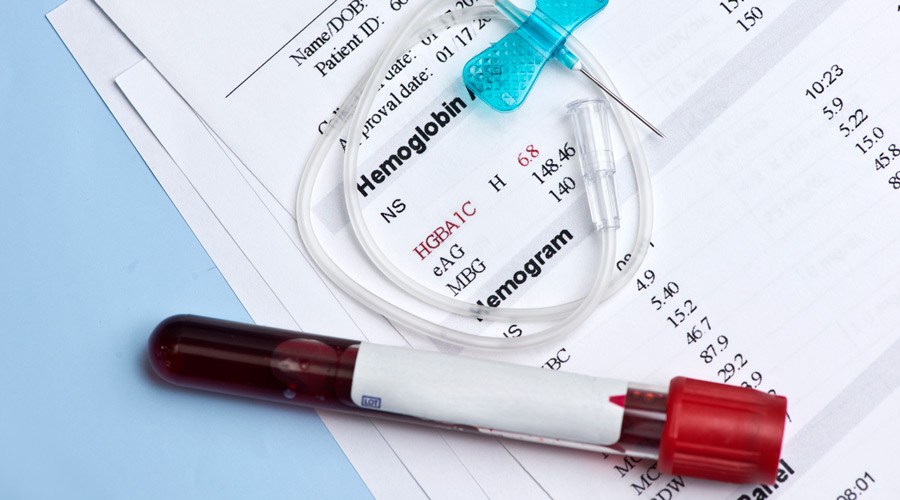
Low density lipoprotein cholesterol (LDL-C) and high density lipoprotein cholesterol (HDL-C) can be imagined as vehicles transporting fat.
The LDL-C is full of fat, while the HDL-C car is empty. Small LDL-C may also accidentally stick to the blood vessel wall during transportation, increasing the risk of atherosclerosis.
Therefore, it is generally hoped that the blood will have less LDL-C and more HDL-C. Their range is:
Low density protein:
- < 130 mg/dL, can accept 130 ~ 159 mg/dL, slightly higher ≥ 160 mg/dL, very high
High density protein:
-
40 mg/dL is more appropriate
The numbers are too complicated to remember?
Some blood reports will have a small arrow next to them to tell us whether it is too high (the upward arrow) or too low (the downward arrow). Look at these arrows and you will see at a glance.
If there are abnormalities in the above indicators, you may need to make some changes, such as adjusting your diet and increasing your exercise.
How should diet be adjusted?
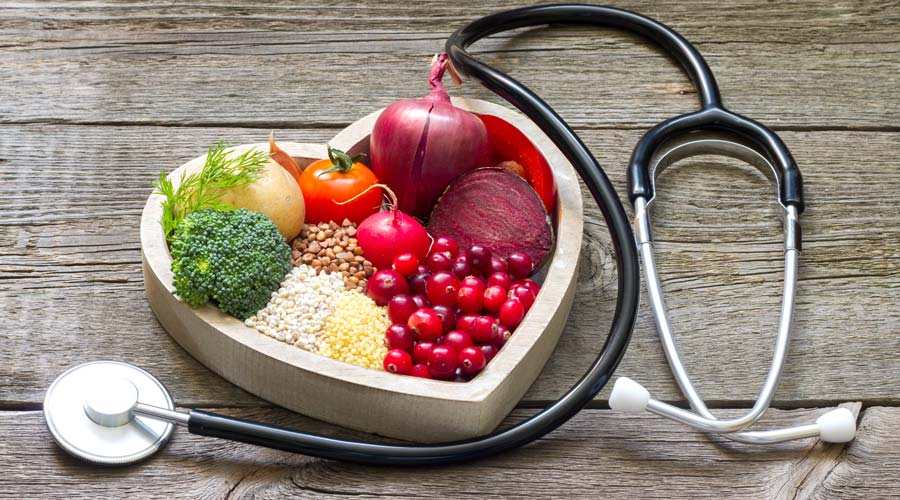
In order to lose weight and reduce blood lipid through diet, the key is to control calories and fat, eat more vegetables and coarse grains, limit drinking and eat less free sugar.
STEP 1 Heat control
The Dietary Guidelines for Chinese Residents recommend that adults with light physical labor should consume 2250 kilocalories per day for men. 1800 kcal for women.
However, in real life, many people can’t actually eat so many calories. If you want to lose weight, you should be less than this standard. If you want to eat full and have low calories, you need to eat less high-calorie foods such as sweets and fried foods, and choose more nutrient-rich and low-calorie foods such as vegetables and coarse grains.
Step 2: Fat Control
Fat is a nutrient to maintain human health. Whether you lose weight or reduce blood lipid, it is not to let you not eat oil, but to learn to eat less oil and high-quality oil.
Generally speaking, it is suggested that the daily fat energy supply accounts for 20 ~ 35% of the total energy, and the daily cooking oil consumption should be controlled at 25 ~ 30g.
And [eating high-quality oil] refers to:
- Artificial ghee containing trans fats, hydrogenated vegetable oils, Eat as little as possible. The Dietary Guidelines for Chinese Residents suggest that, The daily intake of trans fat should be controlled below 2 grams. It often appears in various biscuits, desserts, And deep-fried foods. Animal fats with high saturated fat content should also be controlled. Eat no more than 10% of the total calories every day. Therefore, don’t eat more meat, butter, lard and other ingredients. Eat a moderate amount of foods rich in unsaturated fatty acids. For example, eat a handful of nuts every day and 280-525 grams of fish every week, which are rich in omega-3 fatty acids.

3. Eat more vegetables and coarse grains
Vegetables and coarse grains contain more dietary fiber and feel full. Moreover, they are also rich in various vitamins and minerals, which are beneficial to health.
It is recommended to eat at least 300 ~ 500 vegetables every day, with dark vegetables accounting for 1/2, and it is best to have them at every meal.
The staple food should reduce white rice and flour and increase various coarse cereals, miscellaneous beans and potatoes, which can be made into coarse cereal rice and coarse cereal porridge.
Step 4: Limit alcohol consumption
All kinds of wines are not only high in calories, but also have adverse effects on liver, cardiovascular system, blood lipid, etc.
The Dietary Guidelines for Chinese Residents suggest that men should not drink more than 25g of alcohol and women should not drink more than 15g of alcohol per day.
15 gram of alcohol is equivalent to:
- One bottle (360 ml) of beer with 5% alcohol content; Less than half a glass (150ml) of red wine with 12% alcohol content; A small glass (45ml) of 40-degree white wine.
Step 5 Eat less free sugar
The free sugar mentioned here refers to various sugars (white sugar, brown sugar, crystal sugar, etc.), glucose, syrup and other sugars that can be additionally added to food.
Sugar in fruit juice and honey also needs to be limited.
The World Health Organization (WHO) recommends that the daily intake of free sugar should be limited to less than 10% (about 50g) of the total calories, and it is better to control it below 5% (25g).
Therefore, all kinds of snacks, drinks and ice cream should be eaten less if they can be eaten less.
How should exercise be done?
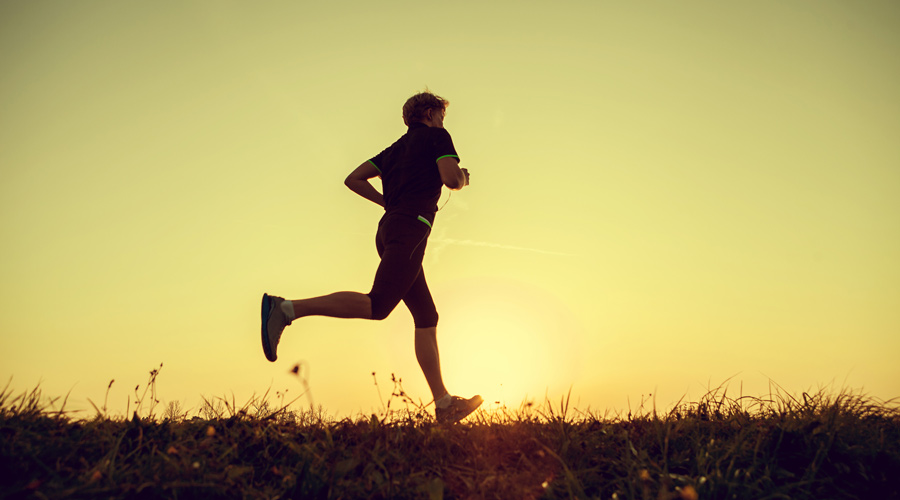
Eating and moving is a balance. Exercise can consume calories and is an indispensable part of losing weight and blood lipid.
1. The key to the movement is persistence.
The Dietary Guidelines for Chinese Residents suggest that moderate intensity physical activity should be carried out 5 days a week, with a cumulative exercise of 150 minutes a week. It is best to walk 6,000 steps every day.
150 minutes seems to be a big number, but it is not difficult to split it into 20-30 minutes every day.
But what should I do if I can’t stick to it or always can’t remember when I exercise every day?
You can find a small partner, or use mobile phone alarm clock, fitness software, etc. to remind and supervise yourself.
2. Reasonable exercise intensity is also very important.
Exercise should be carried out step by step, especially for those who did not exercise much before, never take high-intensity exercise from the beginning:
- You can start with fast walking, walking for half an hour a day, 2-3 times a week, and gradually increase the time and frequency after adapting. Then, you can change from fast walking to jogging, from jogging to variable speed running, and even increase all kinds of muscle resistance exercises… Gradually improve the intensity of exercise, making exercise more scientific and suitable for yourself.
If you don’t know much about various sports, you can take part in some interest groups or courses to learn other people’s experiences and knowledge to help yourself.
Many people find it difficult to change their diet and stick to exercise. They always like to say that they have no time and cannot do it. All these are excuses.
Learning knowledge, making plans, setting reminders… There are actually many things that can be done.
The indicator is only a number. The most important thing is whether you want to change or not and whether you want to strive to become a healthier yourself.
